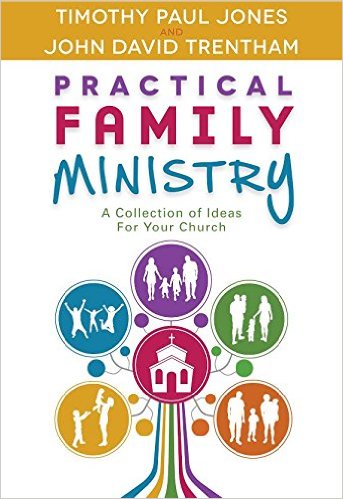 At the core, most of us in pastoral ministry have a simple belief about numbers: More = Good Less = Bad I know, you're wondering how I got a doctorate with that kind of insight. Sometimes I wonder too. But behind the simplicity of that belief are some underlying assumptions, namely that if a church is healthy it will grow (my friend Angie Ward has some thoughts on this). We believe as pastors that if our churches are healthy and we're doing all our part, they will come. It's an updated version of Shoeless Joe telling Ray in Field of Dreams that if it's built, "he will come." For the record, I think numbers are incredibly helpful. Numbers are a great barometer. They can be an objective measurement and comparison. They represent people who have been transformed by Jesus and connected to a local body. They become working pieces to navigate when we're allocating resources and monies in a budget. But they don't tell the whole story. Figures and statistics without context, clarity, and perspective can be like juggling hand grenades. So with numbers going up or down, let's look at some possible explanations. Numbers Go Up (Attendance or Giving) 1. A church is effectively reaching its community and drawing in lost, unchurched, dechurched, seekers, skeptics, and prospects. Let's be honest, this is what we always hope is going on. We want our churches to be faithful to its mission of bringing the lost to Jesus. 2. The population around our church has grown. In communities experiencing steady or rapid growth, it shouldn't be surprising that most churches are "growing." 3. A church fight down the road could be pushing people to surrounding congregations. Transfer growth isn't bad when it comes from people who have legitimate or biblical reasons for leaving. But sometimes the growth comes because another church in town had a fight. 4. Unique financial circumstances mean your giving is uniquely raised. I remember hearing a story about a church getting a huge check from a member. The church had to be careful how to handle the money, not because they were being controlled by the giver, but because John Grisham had sold the screen rights to a novel and wrote his tithe. It may not be that, but your church could be left an estate portion, or receive a special gift, or have an extremely generous person. 5. You become the "flavor of the week" and it's an indescribable ride. Sometimes, you just have people come because they come. You don't know why. You can't explain it -- there was no mailing, there was no community blitz, nothing. They just come. Numbers Go Down (Attendance or Giving) 1. It could be a simple equation: faithful attenders and givers tend to be older and no one lives forever. Sometimes numbers go down because people get older, move away to be near family, or aren't able to live adequately on their fixed income. Many churches are running into the phenomena of not seeing as many new faces to replace the ones who die or move away. 2. Transitions can often lead to (hopefully brief) declines. Whenever you bring in new leadership or bring in changes, you're going to have some losses. Some people just jelled with the previous pastor or leader and they don't necessarily have that with you. Maybe it's a new ministry vision and direction that some people aren't totally on board with. 3. Declining Communities often have declining churches. In communities where jobs are drying up and the factories and other employers are closing or moving away, it's natural for people to move to follow the work. And what's left behind are churches wounded and struggling, not because of anything they did. 4. Bad leadership drives people away. Let's be honest... sometimes the declines in our churches isn't because of theological rigor or socioeconomic factors or a new vision. Sometimes people leave because we're incompetent jerks. 5. New members often take some time to transition into faithful givers. Depending on the source, it can take up to a year for someone to move from guest to attender to member to contributor. There might be holes in the giving capacity or in the leadership/serving capacity in churches that are seeing growth numerically. It's the reality of assimilation: it takes time. 6. It just happens. Like #5 in the growth, sometimes it just happens. Pastors are faithfully preaching. Churches are reaching out. People are being discipled. New faces are there. But for some reason unknown to the leadership, they're still seeing fewer people attend than previous years. If this is you pastor, don't lose heart. You're still making an eternal impact. God's scorecard is much different than ours. Remember, numbers only tell part of the story, not the whole. Use them, and refer to them. Don't ignore them, but don't put too much stock in them either.
0 Comments
Leave a Reply. |
Scott M. DouglasA blog about leadership and the lasting legacy of family ministry. Archives
August 2023
Categories
All
|
 RSS Feed
RSS Feed



